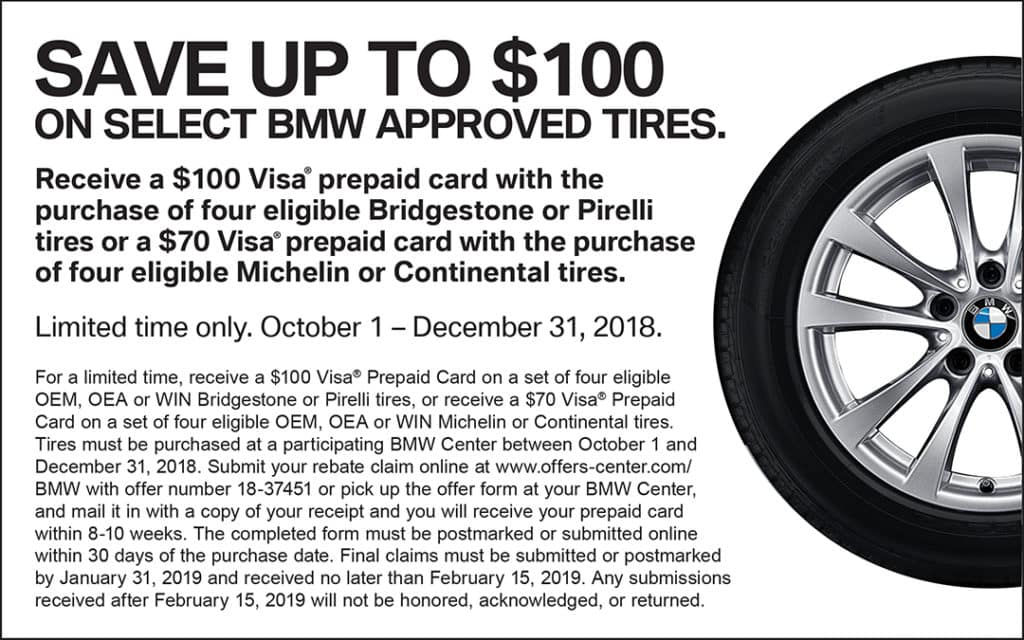Your ATV tires aren’t meant to last forever. Even the most durable and highly specialized tires will need replaced eventually. But tires are a big investment and most of us don’t have a limitless budget when it comes to our quad (as much as we would love to).
Unfortunately, there is no set time period or mileage limit on ATV tires. Depending on what type of terrain you stick to and how often you ride, your tires can last anywhere from a year to 5 years (or longer). So how do you know when it’s finally time to bite the bullet and buy a new set?
Since there is no firm expiration date on a new set of tires, it’s important to know what to look for in terms of wear and tear. Here’s a rundown of the top 4 signs that your ATV tires might be nearing the end of their run.
Visible wear and tear is one of the most obvious signs of a bad tire. We recommend conducting a pre-ride inspection every time you take your quad out. Here are some specific things to look for:
If you notice any new or unusual vibration when riding, it could be a sign of bad tires. Sometimes this can be fixed by rotating them. But if you rotate your tires and the vibration is still there, uneven tire wear could be the issue. It could also be due to the separation of your tire’s internal plies, which would push pressurized air up against the rubber wall and cause wobbling.
A constant humming sound that changes with your ATV’s speed could signify a chopped thread.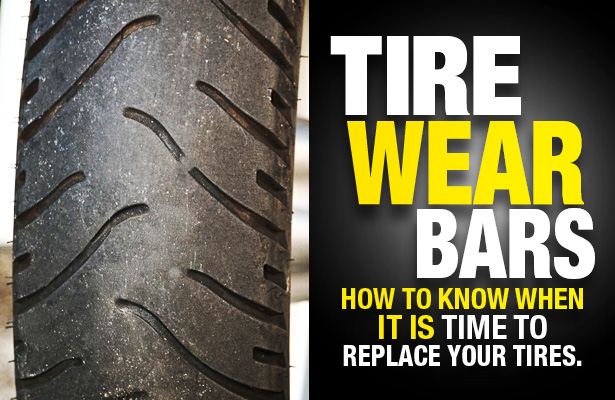 Another weird noise to listen for is a thumping sound, which might indicate that your tire has a flat spot. In either case, it’s probably time for some replacement tires.
Another weird noise to listen for is a thumping sound, which might indicate that your tire has a flat spot. In either case, it’s probably time for some replacement tires.
Tires are considered balding when there is little to no tread pattern left. Driving on bald tires is dangerous because of the lack of traction. Your tire’s grooves are there to allow water and debris to escape from the tread. When there is no tread and water can’t escape, you can end up hydroplaning or spinning out of control.
As the rubber wears down, a tire becomes more and more dangerous to ride on. You need tread depth for traction—especially on slick surfaces—so balding ATV tires definitely need replaced.Buying and mounting new tires is a pain in the butt (and the wallet), but it’s inevitable. Here are a few steps you can take to ease that pain and extend the life of your ATV tires.
 This is a great way to catch minor issues before they become major problems.
This is a great way to catch minor issues before they become major problems. It’ll get you the best performance and help your tires last longer.
It’ll get you the best performance and help your tires last longer.Tire maintenance is an investment, but it’s worth it if you want a smooth ride and top machine performance. To really make that investment go far, opt for a quality set of tires suited to your ride style. The next time you’re in the market for new ATV tires, check out what SuperATV has to offer. Whether you need specialized mud tires or an aggressive all-terrain set, we’re here to keep your quad looking good and performing even better.
RELATED CONTENT: ATVs38 tires15
Share
1
You may already know that having the right tires is the single most crucial factor in ATV performance.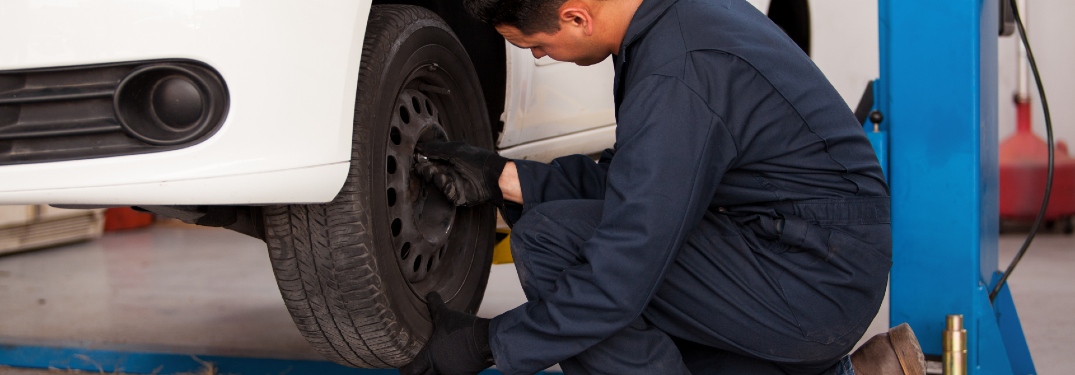 Riding on tires that are well overdue for being replaced is not only dangerous but also ruins your bike’s potential.
Riding on tires that are well overdue for being replaced is not only dangerous but also ruins your bike’s potential.
But what kind of mileage should you expect from a set of new ATV tires? And how do you know when it’s time to replace them? I did a little digging to give you an idea of what to expect.
So, how long do ATV tires last? ATV tires typically last from just a few hundred to 4-5000 miles or more. How long they last depend on what surface you ride on, tire style, rubber hardness and quality, age, and a range of other factors. Expect 1-2 years if you ride a lot on the road or 5-10 years if you keep off the road.
Page Contents
ATV tires will typically wear much faster than a set of car tires or any other on-road tire, for that matter.
On-road tires are designed for optimal grip on asphalt and packed gravel surfaces, high comfort, low tire noise, and longevity.
They use continuous thread patterns with as much rubber in contact with the road as possible to achieve this.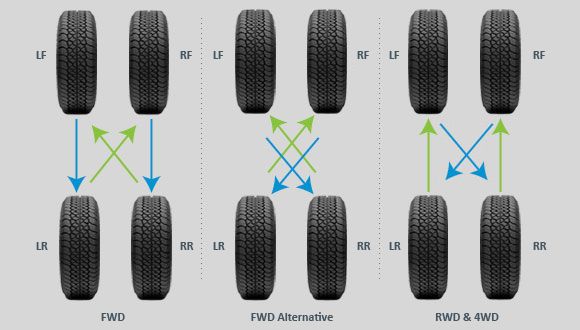 There are just a few threads and grooves to handle water and improve heat dissipation.
There are just a few threads and grooves to handle water and improve heat dissipation.
On the other hand, typical ATV tires are designed with off-road traction and rough trails in mind. They use large rubber lugs that are sometimes spaced inches apart.
As a result, you will have much less rubber touching the ground when you ride on hard surfaces like asphalt. There is less rubber to wear on before you start losing thread depth. The spacing between the lugs causes more friction noise and tire wear than with an on-road tire.
So if you don’t want your ATV tires to wear fast, keep them off the road as much as possible.
Here are a few real-world examples of how various ATV tire types perform regarding tire wear. I’ve included a mix of personal hands-on experience and user reviews reported on forums, youtube videos, and tire reviews.
Stock tires are typically cheap and light to keep cost and overall weight down.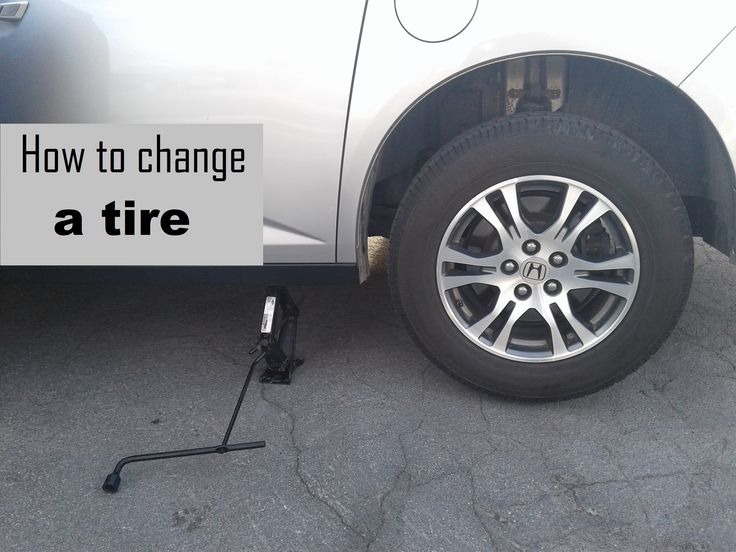 Some have decent wear, but you never get a premium.
Some have decent wear, but you never get a premium.
They are typically all-terrain tires that will last year after year if you do most of your riding on softer surfaces.
But if you do a lot of trail riding, you will often find that stock tires wear fast. If you take your stock tires rock climbing, you will often find that the sharp rocks will shear tire lugs.
The XT models (as well as others) come stock with Carlisle AT489 tires. These are typically the type of tires you will be upgrading from. They last quite long but are not very puncture resistant.
One user on https://www.can-amforum.com reports running 1700 miles on hard-packed dirt roads and has about 40-50% tread left on the rear tires and 90% on the front.
A second user has ridden 2500 miles and has about 70% left.
Other users share that these tires should last 4000 miles on paved roads and even longer in sand or dirt. They will probably dry rot before wearing out the thread.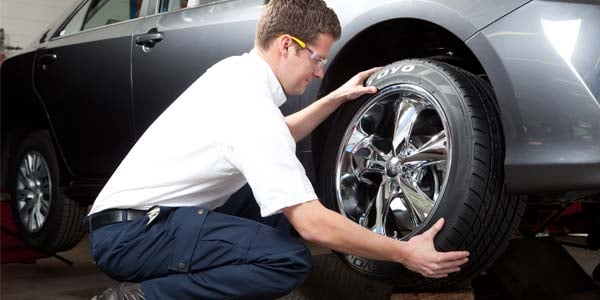
My Polaris Sportsman XP1000 came with stock tires from Carlisle. They are a different model than you will find on some Can-Am.
After about 900 miles, where a good chunk of the miles have been on asphalt, they are still in good shape. There is some rounding on the leading edge of the lugs, but that is to be expected.
I often ride on asphalt to get to my off-road riding areas.Other users report getting about 4-5000 miles out of them, as long as you don’t tear the relatively thin sidewalls.
They are more durable and puncture-resistant than the 489s from the same brand.
https://utvactionmag.com has tested the Terra Cross tires and finds that they still offer a decent sharp edge after doing a little over hundred miles of mixed terrain driving and show very little wear overall.
They also highlight the benefit you get from choosing a tire with a non-directional tread pattern.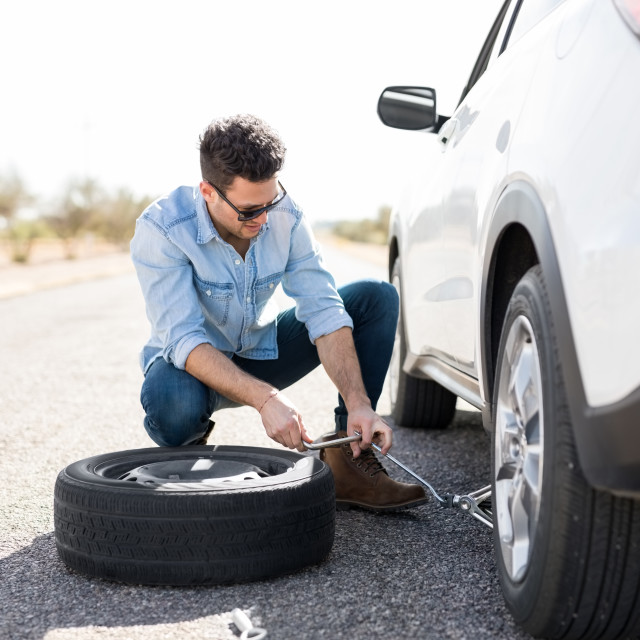 This feature allows you to flip the tires at the half-life mark for a fresh, new, effective edge.
This feature allows you to flip the tires at the half-life mark for a fresh, new, effective edge.
One user on https://www.hondaatvforums.net reports that he has been riding his Terra Cross tires on the road for a couple of months, making them wear fast.
A user at https://polarisatvforums.com has been running Maxxis Bighorns, GBC Dirt Commanders, Kenda HTRs, Kenda Executioners, and STI Roctanes over several seasons. The Dirt Commanders were the worst of these tires when it comes to wearing (they grip nice tho). After just 500 miles, the rear tires were worn out.
ATVIllustrated.com has reviewed the tires and reports that the lugs will show wear quickly on the leading edge, but after this “break-in period,” they tend to settle in and wear at an average pace.
The Dirt Commanders have a wide range of use but tend to wear fast when riding on abrasive terrains like rough rocks. The GBC Kanati Mongrels are a better alternative for this type of terrain because of the ten-ply rating and road-tough threads.
The longest-lasting of these models were, by far, the STI Roctane tires. They would last him about two seasons. The others on the list would last him about one season, in comparison.
STI Roctane is a hard terrain tire that will last several thousand miles, even when riding on abrasive terrains like rough rocks or even pavement. They are very puncture resistant and offer reinforced sidewalls.
Bighorns is another very popular all-terrain tire. Because of their popularity, there are a lot of reviews to be found. Regarding tire wear, they are long-lasting, extremely durable, and offer good puncture resistance because of their thick sidewalls.
Don’t be surprised if you run them 1-2000 miles before seeing any noticeable sign of wear. Some users report having a lot of tire tread left even after 5000 miles or more.
Excellent mud tire all around. Excellent wear pattern, very long-lasting. Good threads, not as aggressive threads as implement-style tires.
The MT2 version of their popular predecessor features an improved thread design with aggressive two-inch lugs that offer reasonable wear characteristics. Note that the old model is prone to pealing the lugs under high horsepower, which would create leaks where the lug meets the tire.
Soft rubber tires with a semi-aggressive lug pattern. They will wear quite fast if you use them a lot on asphalt or other hard surfaces. Some users report wearing them out entirely after 1500 miles without even running that much on hard surfaces.
Probably the best-wearing mud tire out there. One user reports abusing them on shale rock in the mountains without showing any signs of wear.
One of the most extreme ATV mud tires out there. They have extreme lugs, are extremely heavy, and have a terrible reputation for wear.
Outlaws, with their flat tire profile, offer good wear characteristics.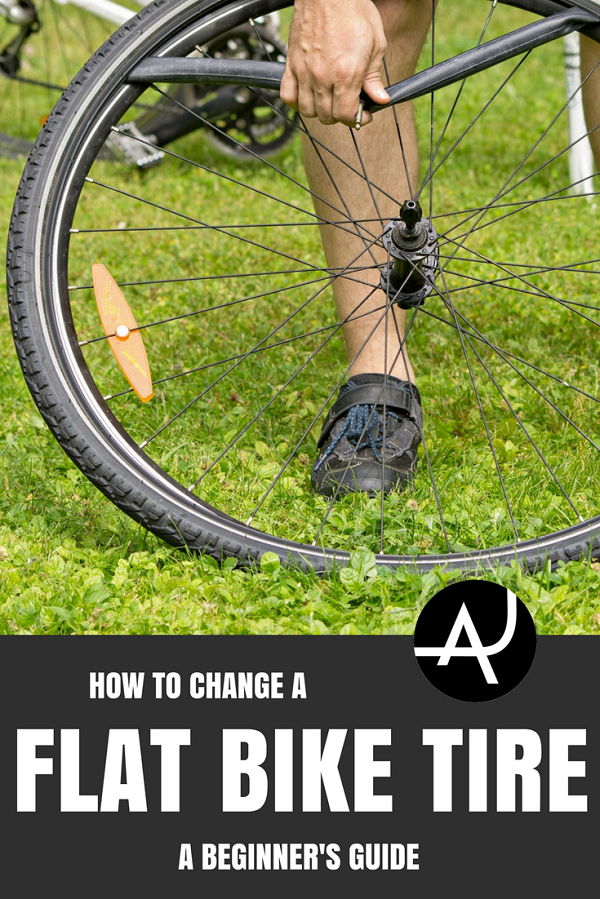 But being an extreme mud tire, they will wear faster than many all-terrain tires.
But being an extreme mud tire, they will wear faster than many all-terrain tires.
A relatively hard and durable all-terrain tire. After 1200 miles, they show very little wear. They do not wear as good as Bighorns, but even if you use them hard, you should have no problem getting 4-5000 miles or more out of them. They are not very puncture resistant tho.
Related: This is why ATV front tires are smaller than the rear
A common misconception people have when buying ATV tires is that as long buy a high-performance tire, you will also get a long-lasting tire.
Instead, it’s usually the other way around.
High-performance tires are not going to last several thousand miles. That’s not what they are designed to do. It’s just part of the price you pay for getting that high performance.
At the same time, long-lasting tires will not perform as well as some of their high-performance counterparts.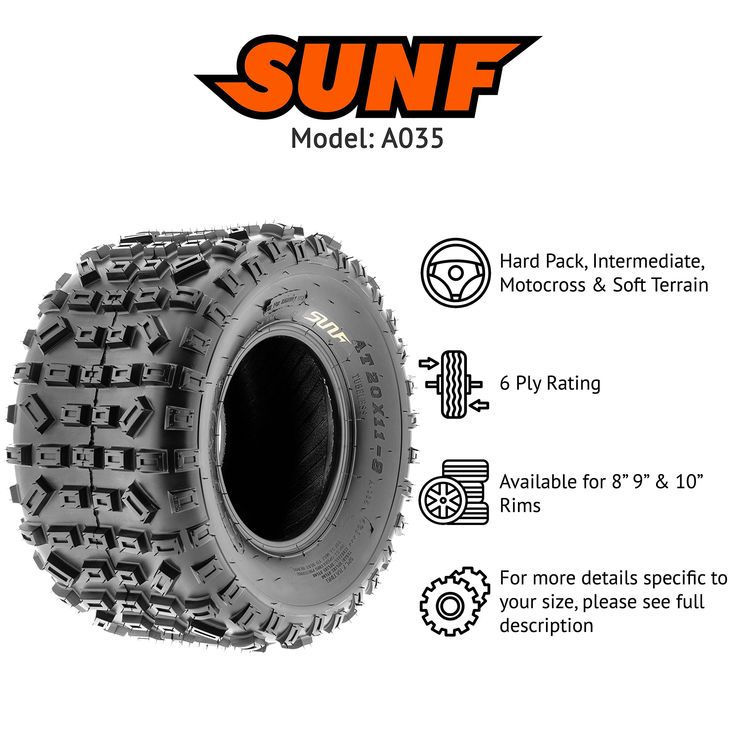
High-performance tires are typically made from a softer rubber compound. The soft and almost sticky rubber makes for optimal traction in snow, ice, mud, and hard gravel trails.
But, they come with the downside of wearing faster than a tire made from a harder rubber recipe would.
Not all ATV tires use the same rubber compound.The type of surface you do most of your ATV riding on is the most critical factor to how long your tires will last. As a general rule of thumb, tire wear will increase in conjunction with higher surface traction.
This graph will give you a general idea of how different surfaces affect tire wear.Rough surfaces like asphalt and pavement tires will wear down soft and big-lugged ATV tires in no time. It’s like riding on sandpaper.
Riding on sharp rocks will also wear tires quite fast, depending on what type of tire you use. As the tire spins to gain traction, it can get damaged where big chunks of rubber fall off. Doing a lot of rock climbing with a soft tire will result in a tire that does not last very long.
As the tire spins to gain traction, it can get damaged where big chunks of rubber fall off. Doing a lot of rock climbing with a soft tire will result in a tire that does not last very long.
At the other end of the scale, you have wet mud or snow riding. These surfaces provide minimal traction as well as very little wear. The tire will only slide against the surface without wearing much.
When running typical ATV tires, it’s generally advised to stay away from hard road surfaces as much as possible. These tires are designed with off-road riding in mind and will last much longer if you stick to the dirt.
There is no exact science to this, but this graph will give you a general idea of how much the surface you ride on will impact your ATV tires’ life expectancy.
Tire quality usually matters a lot to how long an ATV tire lasts. Some cheap Chinese brands offer tires with cool thread patterns at a very reasonable price, but you usually get what you pay for.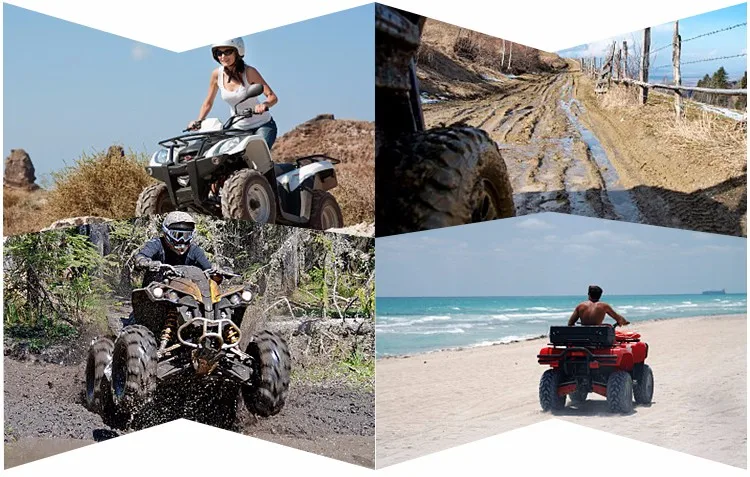
They use poor rubber quality that will likely crack long before they wear down to keep the price low.
Another way to tell a cheap tire from a high-performance tire is how they give up traction when you’re cornering.
Cheap and hard tires will lose all traction instantly with little or no warning. On the other hand, a high-quality tire should provide more progressive feedback where it “holds on” to the traction and loses it gradually.
This gives you much better control of your bike. As soon as you feel the bike begins sliding, you can just let off the throttle slightly to regain traction and control.
An ATV tire is not just an ATV tire. There are many different styles of tires that are specially made for various types of riding. If you use the wrong type, your ATV will not only under-perform, the tires will wear much faster than necessary.
Mud tires are designed with one task in mind; getting through the deepest and wettest mud you can find. They typically have aggressive implement style thread patterns and are made of medium to soft rubber.
Not all, but many mud tires will wear fast when you ride them in anything but mud and snow. The big lugs provide a small surface area to wear on, as well as create high friction.
These types of tires will often feature a hard and long-lasting rubber compound. They have a high ply rating in the 8-12 ply range and often feature a steel-belted design for a more puncture and rip-proof tire core.
Most of the tires are radials that won’t have as stiff and tear-resistant sidewalls as a bias-ply tire. To compensate, they add extra shoulder lugs to protect the sidewalls and rim.
Hard terrain tires are a good choice for on-road use as many of them are DOT rated, whereas all-terrain tires typically are not. They make for a more comfortable and quieter ride and will not wear as fast as an all-terrain tire when riding on-road or on trails.
They make for a more comfortable and quieter ride and will not wear as fast as an all-terrain tire when riding on-road or on trails.
All-terrain tires are what most ATV owners use. This type of tire is designed to give you an optimal balance between overall performance and longevity. However, they will not handle the most extreme riding types, such as waist-deep mud bashing or racing, very well.
All-terrain tires are quite similar to hard-terrain tires. Some features that separate them are lug patterns that will handle both rocky and muddy (hard and soft) terrain types and a slightly softer rubber compound on the all-purpose tires for increased comfort.
However, the tread pattern on all-terrain tires is not as aggressive as on mud tires. Therefore they will not wear as fast when riding on harder surfaces.
Racing tires are designed for maximum traction and performance over shorter periods. They are made out of light and soft materials and will wear relatively fast.
You will also need to replace them more often than most other tires. You know it will affect performance as soon as you start seeing any sign of wear.
A typical racing tire, the Maxxis Razr.Sand tires are made for playing on sand dunes or sand drag racing. They should not be used on any other surface than loose sand. If you do, you will likely wear and damage them quite fast.
Some hard spots, like the trails out to the dunes or the occasional rock, cannot be avoided. But if you can avoid tearing up the paddles, a set of sand tires should last you several seasons, or about 500-1000 miles or even more.
It’s quite common that people running medium to hard rubber compound tires and generally staying off the road will find that it’s not tire wear that determines when they need to be replaced.
Even after many years, there is still plenty of tread left, but the rubber starts going hard and cracking due to old age and heat, and UV exposure.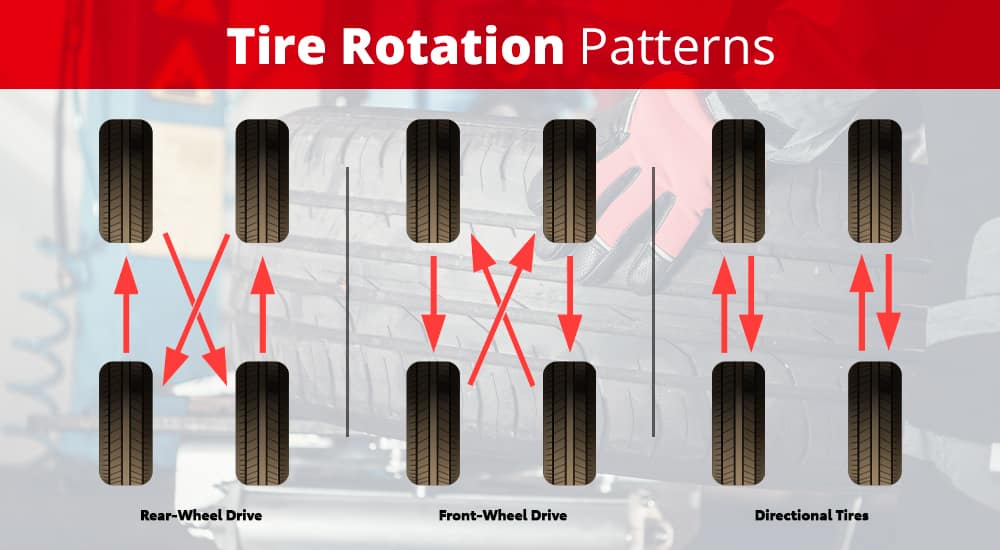
There are two main types of ATV tire construction; bias-ply and radials. I won’t go into the technicalities, but the main difference is how the different layers that make up the tire are placed relative to each other (radial vs. diagonal).
Each type has a set of pros and cons. Which of the types will last the longest depends on what kind of riding you do the most.
Radials generate less heat than bias-ply when riding at higher speeds on hard surfaces. More heat means faster tire wear. That’s why radials will last longer if you do a lot of on-road riding.
When it comes to off-road riding, it is usually not ordinary tire wear as much as sudden damage that will end a tire’s life.
Radials are more puncture resistant in the threaded part of the tire. At the same time, they have thinner and much more flexible sidewalls that are more prone to cuts and tears. A torn-up sidewall will leave the tire useless in an instant.
That’s why radial tires tend not to last as long as a bias-ply tire if you are into rock climbing and other challenging off-road ridings where you encounter many sharp objects.
That being said, radials offer many other benefits, such as higher riding comfort, less vibration, and lower fuel consumption. That’s why many choose them over bias-ply despite the higher risk of a torn sidewall.
Related: Are All ATV Tires Directional? How to Tell?
There is no answer to this question that will fit everyone. It all depends on what factors are important to your typical riding applications.
If you are into ATV racing, you will probably replace the tire after each race. Any rounding of the lugs will reduce grip and slow you down in a race.
If your goal is to get the most life as possible out of your tires, you will have to make some sacrifices regarding performance.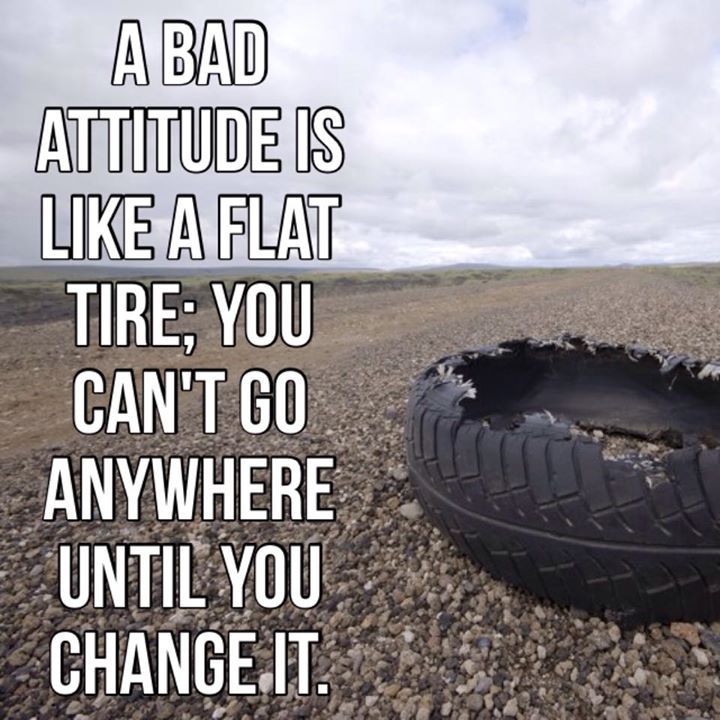
You may run it until it wears down entirely or starts deteriorating and cracking due to old age, heat, UV exposure, or being of bad quality.
Most riders will be looking to replace a tire when it wears so much that it’s beginning to make a bigger negative effect regarding traction than they want.
The first sign of tire wear is rounding of the thread pattern. The more rounded the lugs are the less grip the tire offer.
How much traction loss you are willing to accept is a personal preference.
Some will replace the tires as soon as the lugs are beginning to see some rounding. Others find the traction to still be acceptable at 50% tread-wear.
If you check any of these boxes, it’s definitely time to replace your tires:

Related: ATV Mud Tire Weight Comparison (With Charts)
Car tires - an elastic shell mounted on a disc rim. It is the tires that dampen the small vibrations that occur due to imperfect roads and compensate for the inconsistency in the trajectories of the wheels. The characteristics of tires affect: driving comfort, maneuverability and vehicle stability. However, even the highest quality rubber eventually deteriorates. Therefore, every driver should know how to correctly determine the degree of tire wear in order to replace them in time. Car and truck tires have different periods of use, depending on both the initial characteristics of the products and the operating conditions.
However, even the highest quality rubber eventually deteriorates. Therefore, every driver should know how to correctly determine the degree of tire wear in order to replace them in time. Car and truck tires have different periods of use, depending on both the initial characteristics of the products and the operating conditions.
Tires wear out not only due to operational loads. They are characterized by natural aging, since the rubber compound from which the tires are made gradually loses its elasticity and resilience. The use of such rubber leads to a deterioration in vehicle controllability and creates dangerous conditions due to the high probability of tire rupture on the way.
In accordance with GOSTs 4754-97 and 5513-97, the warranty period for car tires is 5 years. Foreign manufacturers claim that the service life of tires is 5-10 years. There are no legislative acts obliging drivers to change tires after this period, but in order to create safe driving conditions, the driver must take into account the recommendations of GOST. Manufacturers usually set their own warranty periods.
Manufacturers usually set their own warranty periods.
Michelin, Bridgestone, Nokian, Continental, Dunlop, Pirelli, Yokohama:
| Brand | Warranty period declared by the manufacturer |
| Bridgestone | Tire dependent - 3-6 years |
| Nokian
| 5 years |
| Continental | 10 years old |
| Dunlop | Tire dependent |
| Pirelli | Tire dependent |
| Yokohama | 5 years |
| Michelin | 10 years old |
During the warranty period, the responsibility for identified significant defects rests with the manufacturer. The owner of the vehicle will be forced to eliminate defects on his own if there have been:
The owner of the vehicle will be forced to eliminate defects on his own if there have been:
If the vehicle is used intensively, it may be necessary to replace the tires before the end of the warranty period. Therefore, regulatory documents establish the mileage after which you should think about replacing tires.
Therefore, regulatory documents establish the mileage after which you should think about replacing tires.
The maximum standard mileage is:
The actual rate of tire wear may differ from the standard values due to a whole list of factors, such as:
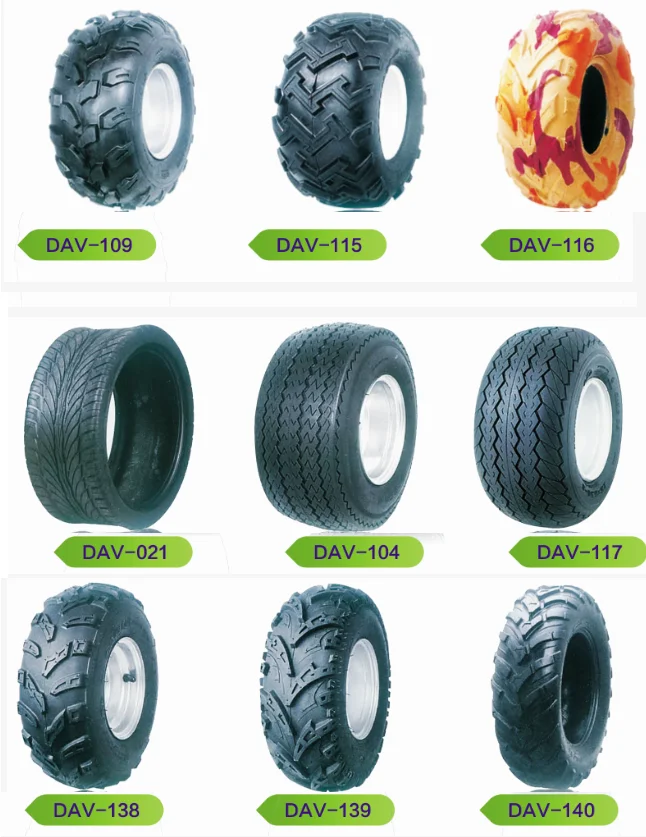 Low-quality products under the influence of abrasive particles wear out very quickly.
Low-quality products under the influence of abrasive particles wear out very quickly. You can determine the need for tire replacement yourself by the following signs:
Table of minimum allowable tread depth for different modes of transport as amended on 01/01/2015
| Minimum allowable remaining tread depth | Type of transport |
| 0.8 mm | L - motorcycles, mopeds, quad bikes |
| 1. | N2, N3, O3, O4 - trucks with a maximum permissible mass of more than 3.5 tons and trailers with a maximum permissible mass of more than 3.5 tons |
| 1.6 mm | M1, N1, O1, O2 - cars, trucks and trailers with a maximum authorized mass of less than 3.5 tons |
| 2.0 mm | M2, M3 - buses |
| 4.0 mm | Winter tires marked M+S, M&S, M S, the residual tread depth does not depend on whether tires are installed on cars or trucks |
 If it does not exceed 50% of the original value, then the tires must be replaced.
If it does not exceed 50% of the original value, then the tires must be replaced. Important! If the outer edges of the tire wear faster, the internal pressure is insufficient. Accelerated wear of the central part indicates excessive pressure. Wear on one side indicates a violation of the toe angle. Uneven surface wear is evidence of aggressive driving with rapid acceleration and hard braking.
You can extend the life of your tires by doing the following:
Normative document regulating the terms and conditions of tire storage - GOST 24779-81. However, it is believed that when standard storage conditions are created, after 5 years of storage, tires retain the characteristics corresponding to the properties of a new product. If this period is exceeded, product characteristics may decrease.
However, it is believed that when standard storage conditions are created, after 5 years of storage, tires retain the characteristics corresponding to the properties of a new product. If this period is exceeded, product characteristics may decrease.
Basic requirements for a room intended for storage of tires:
Previous article↑ ArticlesNext article 80,000 kilometers and even more. It is clear that for such a run, the rubber needs to create ideal working conditions. But it is easy to extend their service life to 30,000-40,000 km, it is enough to follow the simple rules for rotating tires.
Eduard Raskin
Of course, the duration of the safe operation of tires depends on many factors. Of great importance is the class of the vehicle, your driving style, the type of tires used and the general technical condition of the car. It is clear that it is impossible to compare the service life of tires for a slow-moving summer resident who leaves the garage a couple of times a year, and for a street racer, which blows smoke from under the wheels in vain. The degree of wear of suspension elements such as ball bearings, bushings, shock absorbers, correctly set camber, and tire pressure are also important.
It is clear that it is impossible to compare the service life of tires for a slow-moving summer resident who leaves the garage a couple of times a year, and for a street racer, which blows smoke from under the wheels in vain. The degree of wear of suspension elements such as ball bearings, bushings, shock absorbers, correctly set camber, and tire pressure are also important.
In addition, there is another way to extend the life of your tires - periodically change the wheels in places. Recently, for some reason, they forgot about him, although in former times this was an immutable rule.
Photo: www.bmw-post.com
The fact is that different forces act on different wheels, and this, of course, leads to significant differences in wear. For example, the front tires bear most of the weight of the car due to the fact that the vast majority of cars have a heavy engine there. In addition, they account for up to 80% of the weight during emergency braking. Finally, when turning, the drive wheels turn, which also leads to their rapid and uneven wear.
If the front tires wear the tread edges the fastest, then the middle part of the rear tires. Swapping shoes from back to front and, accordingly, vice versa, will allow the rear tires to wear out on the sidewalls, and the front tires along the plane. This extends the service life of the kit, reduces noise and vibration.
Of course, if you have extra money, you can simply change the front tires after they wear out, since this will have to be done twice as often as with the rear. Thus, you will have to buy six tires instead of four. But it is much easier to arrange a rotation for them, extending the service life by one and a half times.
Photo: www.wikihow.com
Tire manufacturers recommend replacing tires every six months or after 8000-12000 kilometers. Since in Russia law-abiding drivers must change “winter” to “summer” for any reason and vice versa, it is very convenient for them to combine one action with another.
In most cases, the tires should be rotated in the following order: left rear to left front, right rear to right front, left front to right rear, and right front to left rear.